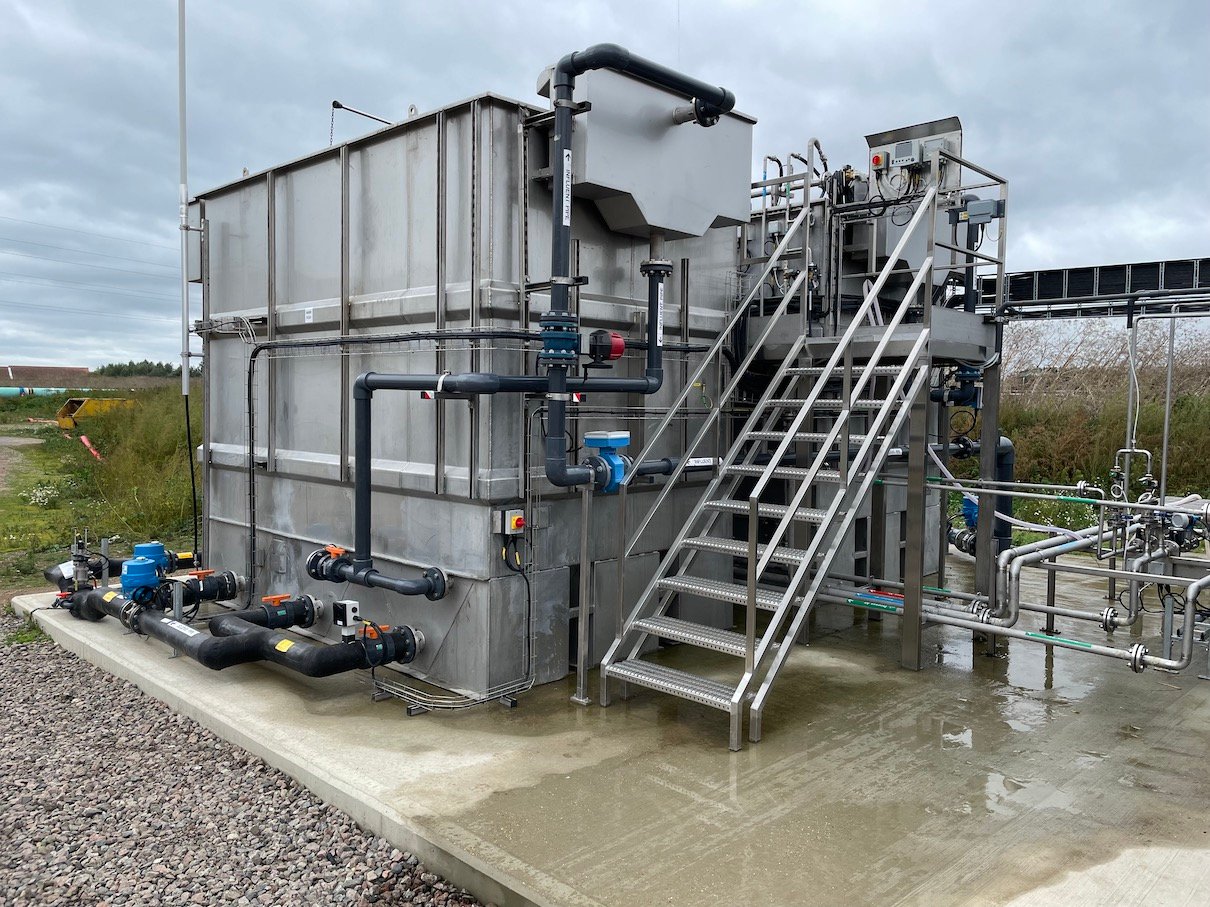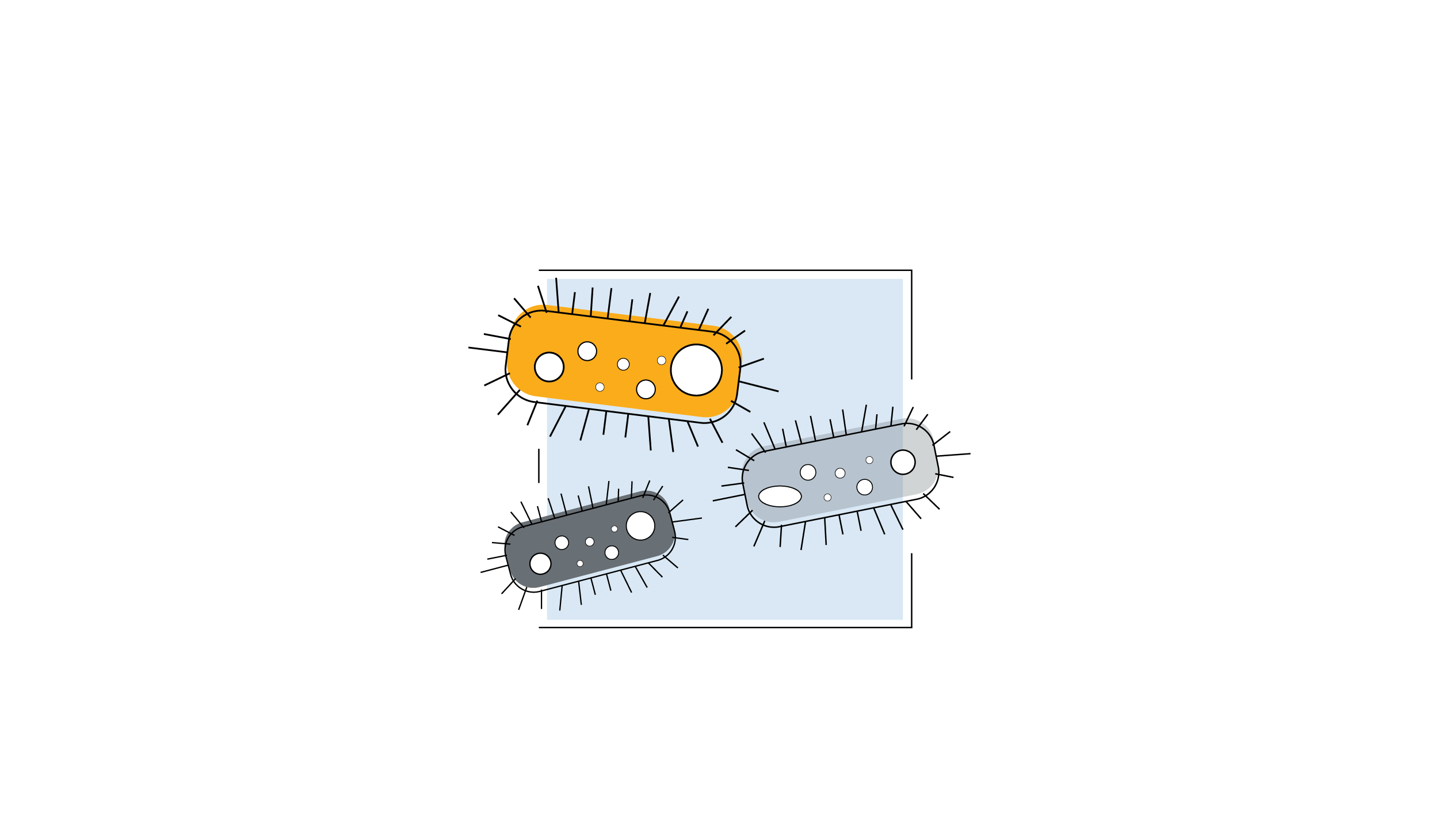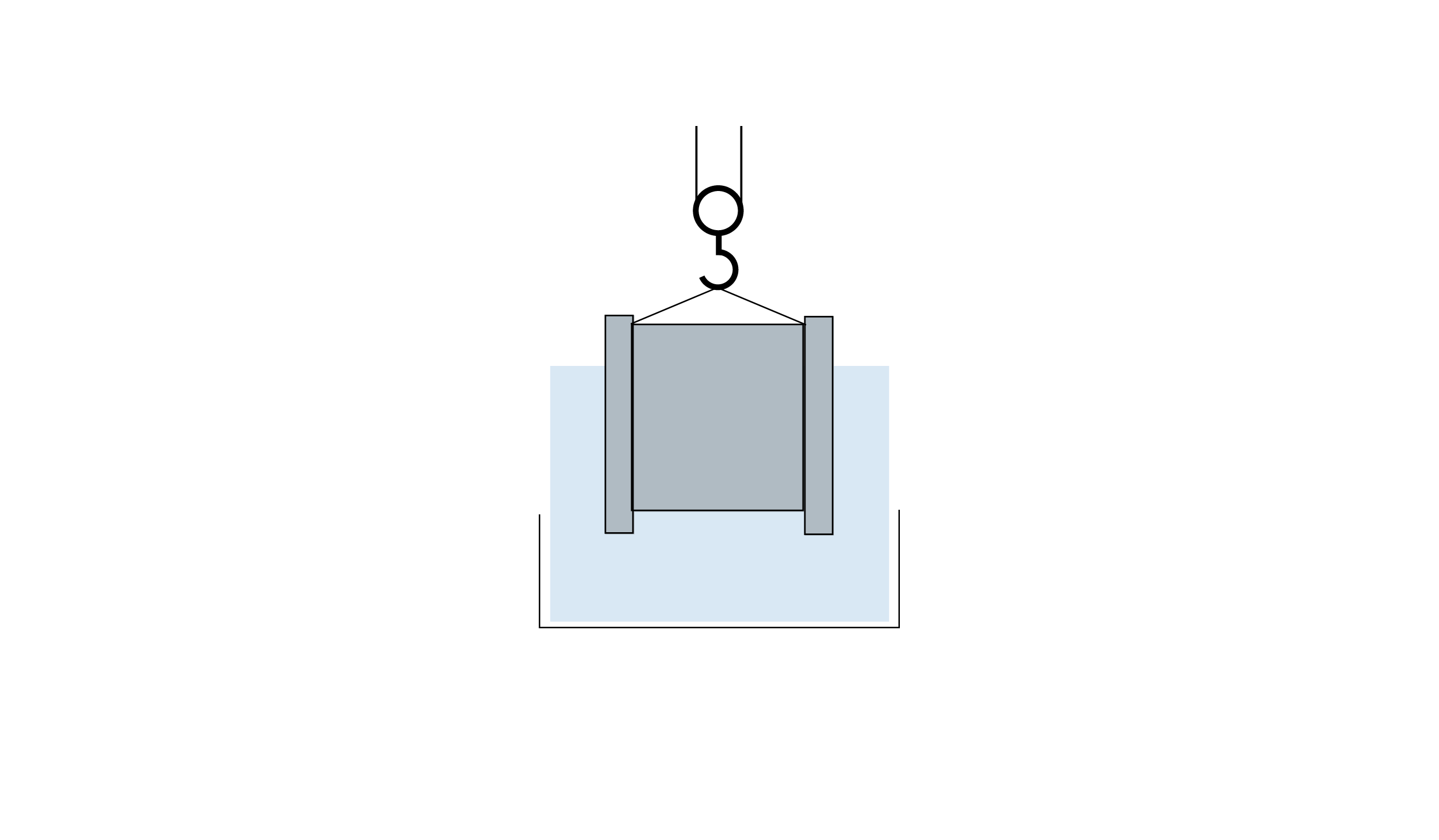4 Ways To Create A More Energy Efficient Wastewater Treatment Plant
Achieving a more energy efficient wastewater treatment plant has never been so important.
Issues around energy consumption are of growing importance in the context of higher energy and production costs, emissions and a changing climate. Energy for aeration comprises a significant portion (60% average) of the operating costs of a wastewater treatment plant. According to the United Nations, globally it is estimated that implementing energy efficiency measures would account for more than 65% of energy-related emissions savings up to 2030. The water industry is one of the largest industrial users of energy with an estimated 2% of total global electricity consumption used for the aeration of wastewater. It is therefore in the best interest of the environment and the economics of wastewater treatment plants, for operators to find efficiencies in energy use.
1. Existing Process Performance
Evaluate energy consumption and efficiency through and on-site survey to identify operational needs, maintenance and deficient equipment. Use energy consumption information to understand usage patterns and evaluate how energy efficiencies could be made. Implement audit recommendations through operational changes.
2. Operational Changes
Facilities should regularly evaluate the condition, performance and remaining useful life of process equipment. Aging equipment is more inefficient, can be costly to repair, and typically requires more energy than newer models. Given that the process that consumes that largest amount of energy in a wastewater treatment plant is the aeration step, this should be a starting point for efficiencies. OxyMem, a complete secondary treatment solution, would reduce energy costs by a minimum of four times and reduce sludge production by 50%.
3. Converting wastewater into renewable energy
Converting wastewater into renewable energy with the help of anaerobic digesters can help to increase energy efficiency. An anaerobic digester produces methane that can be then utilised in a system to supply energy to the facility at significantly lower costs. The overall cuts on energy costs can enable the facility to become more self-sufficient.
4. Staff Buy In
Educating treatment system operators in the relationship between energy efficiency and facility operations is key to meeting energy targets and finding new opportunities for efficiency. Engaging operators in the process by asking for input results in efficiency measures being suggested and embraced. After all, throughout all stages in the facility, it’s the staff that are dealing with the processes every day and this is invaluable insight.
We would love to hear of other tips that can create a more efficient wastewater treatment plant. What efficiencies have you made in your facility?






